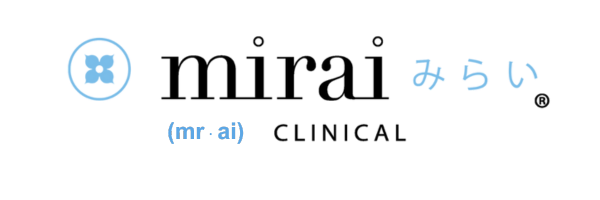Astaxanthin discussion with our partner dermatologist
Share
I had a long discussion about Astaxatnhin use in cosmetics with our partner dermatologist in her newly launched linic. She is an expert in cosmetics ingredients. Astaxanthin is very popular in supplement in the U.S., but it is well known as cosmetics ingredient in Japan.
So what is Astaxanthin?
Astaxanthin from the microalgae, haematococcus pluvialis, is a natural carotenoid found in abundance from arctic marine environments to common fresh water rock pools throughout the world. Astaxanthin is what gives the pink and red color to salmon, shrimp and lobster. However, animals depend on their diet to obtain astaxanthin and other carotenoids since they cannot produce carotenoids themselves. The most abundant source of astaxanthin in nature is haematococcus pluvialis, which will accumulate astaxanthin in lipid vesicles during periods of nutrient deficiency and environmental stresses. Because haematococcus often grows in places that are exposed to intense sunlight during its dormant phase astaxanthin functions to protect the cell nucleus against free radicals generated by UV radiation that would otherwise cause damage to its DNA and peroxidise energy reservoirs.
Here are some clinical date to show how Astaxanthin works to improve skin.
